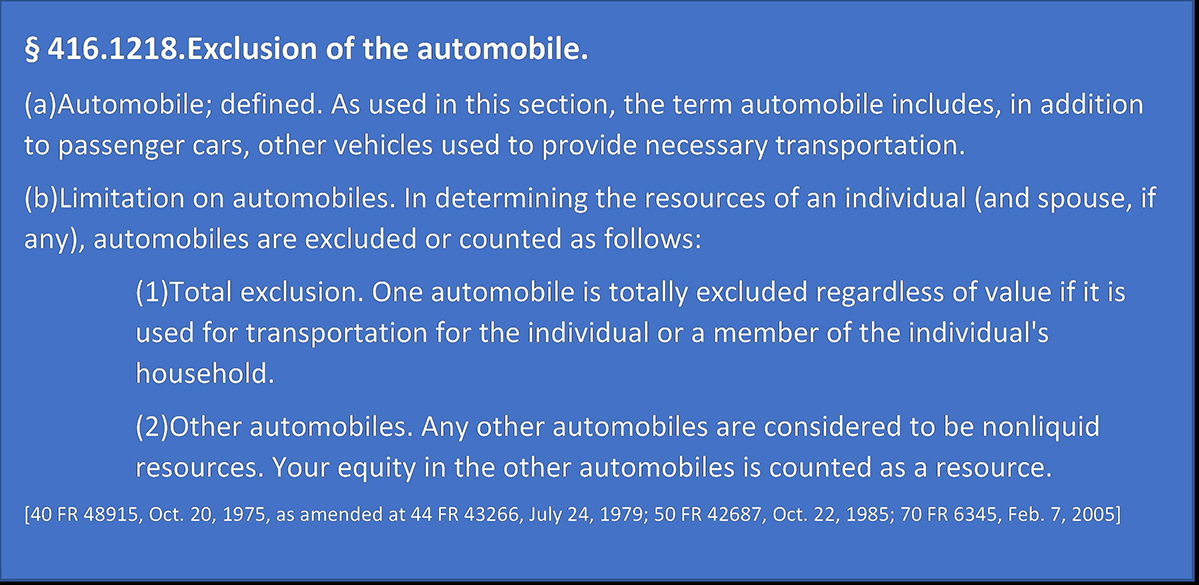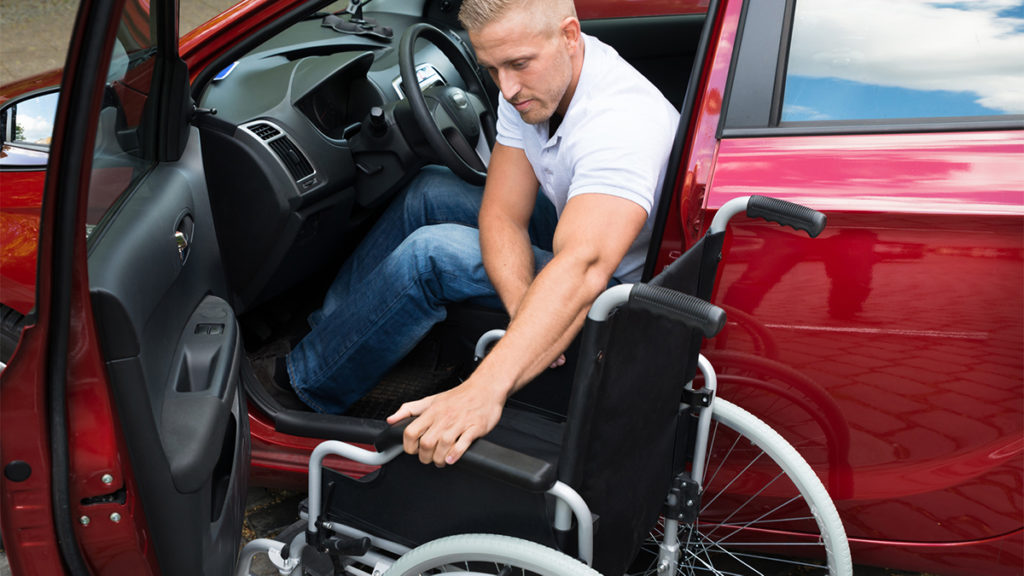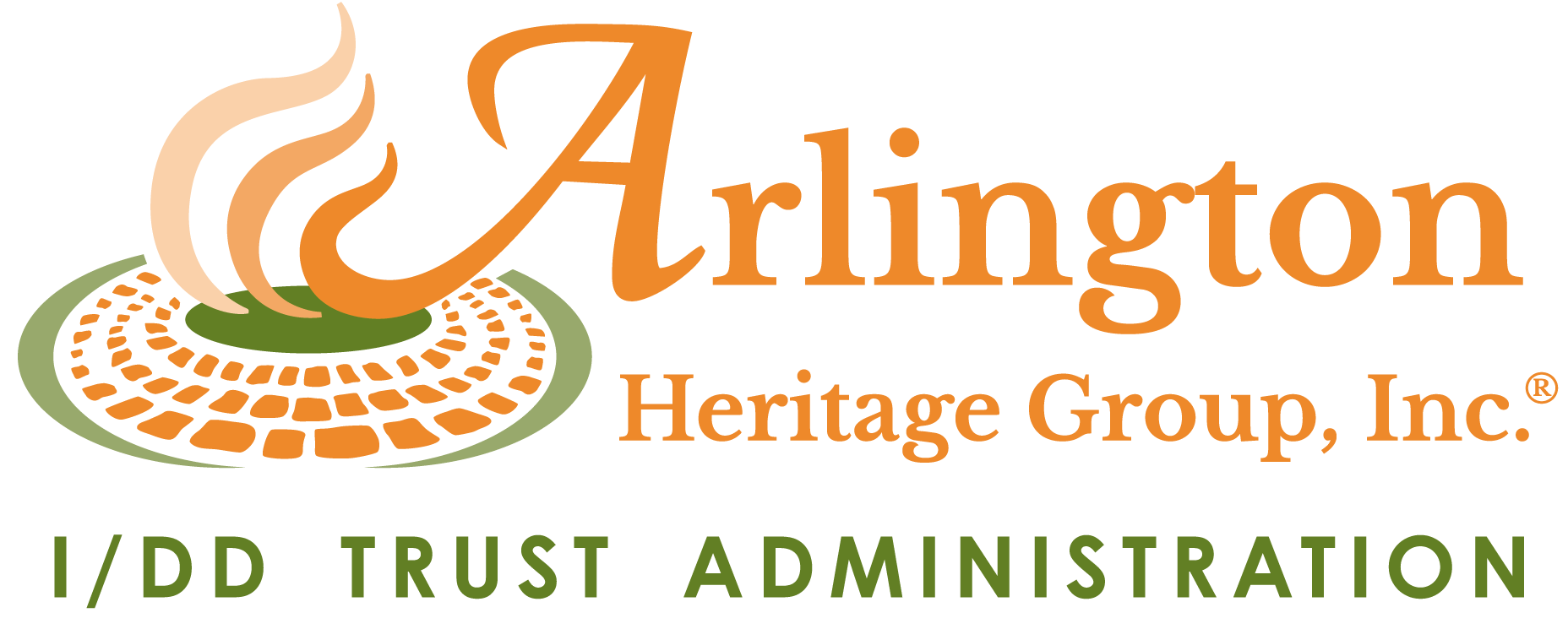Independence is a major goal for individuals with intellectual and developmental disabilities (I/DD). To support independent living, access to public and private transportation is critical. It is a basic need. However, transportation is one of the most frequently reported challenge in this population. Community involvement, employment, and conducting commonplace errands require access to cars, public transportation, taxi services, or other. Not only do individuals report transportation challenges, but caregivers that coordinate (or provide) most transportation are limited by resources or lack appropriate funding beyond medical necessity.
Advocacy organizations have been outspoken proponents of improved transportation for decades. A joint statement on transportation between The Arc and the American Association on Intellectual and Developmental Disabilities (ASIDD) encourages “transportation agencies, service providers, and advocacy organizations [to] ensure that [our] constituents have the option of owning and operating their vehicles (The Arc, 2013).” Amongst efforts for advanced funding, accessibility, and reliability, advocates have also supported individual car ownership as an option.
The POMS That Make It Possible
The biggest concern with purchasing or owning a vehicle is the impact on relevant public benefits, such as Medicaid and Supplemental Security Income (SSI). These programs do allow the ownership of one car to be exempt from consideration of eligibility; see below from the Social Security Program Operating Manual System (POMS).

Despite this, individual car ownership tends to be underutilized since few individuals receiving Medicaid and/or SSI can operate or drive an automobile. Another challenge is that the purchase of a vehicle likely requires resources beyond the means of those receiving public benefits. And finally, there is the question of who drives the car and how that liability is covered. Individuals cared for at home by their families get the most out of this exemption. The SSA POMS clearly state that the vehicle will be used for the “individual or members of the individual’s home”. Family members can be easily insured and maintain the automobile on behalf of the owner.
Financing the Purchase of a Vehicle
Traditional financing methods for purchasing a vehicle through a dealer may be difficult, if not impossible for individuals receiving public benefits. Obtaining a bank loan or automobile loan without collateral or income is not feasible in almost all cases. However, a special needs trusts, a pooled trusts or an ABLE account can serve as an alternate funding source for the purchase and maintenance of a beneficiary’s vehicle.

The primary criteria for a trustee is that the disbursement must result in the purchase of a good or service that directly benefits the individual.
Individuals that have a special needs trust, pooled trust, or ABLE can finance a vehicle purchase from one (or all!) of these accounts. The car can be titled in the name of the owner or in the name of the trust. Often times, a trustee will take a first lien out on the vehicle so the car cannot be turned into cash (and therefore jeopardize benefits) without the trustee’s knowledge.
Guideline For Ownership and Vehicle Use
Sole-Ownership
When using one of these trusts or an ABLE account to finance, the vehicle cannot be purchased for another person as the purchase must be for the sole benefit of the disabled beneficiary. If it is purchased for somebody else, the purchase will be seen as a transfer of assets, resulting in a period of ineligibility for SSI and Medicaid.
 The automobile can be titled in the individual’s name, even though the individual does not need a driver’s license, nor is it required that the individual drive or operate the vehicle. The vehicle can be driven by family member(s) for the benefit of the individual (e.g. – to and from jobs, day programs, and other activities). The ancillary benefit to other household members of the family is not an issue. In addition, maintenance can be taken care of by family members, or the individual, or both.
The automobile can be titled in the individual’s name, even though the individual does not need a driver’s license, nor is it required that the individual drive or operate the vehicle. The vehicle can be driven by family member(s) for the benefit of the individual (e.g. – to and from jobs, day programs, and other activities). The ancillary benefit to other household members of the family is not an issue. In addition, maintenance can be taken care of by family members, or the individual, or both.
If the owner is not going to be the vehicle’s primary driver, it is important to inform the auto insurer in order to maintain appropriate liability coverage.
Special Needs Trust Ownership
The primary advantage of having the trust own the vehicle is that the trustee then controls what happens with the vehicle and prevents cash sale of the car that may jeopardize the person’s benefits.
To avoid issues with obtaining insurance coverage due to ownership and title designations, a trust can be listed as the legal owner of the vehicle, but the beneficiary will be listed as the registered owner. As the legal owner of the vehicle, the trustee can control whether the vehicle is sold or given away, but insurance will be issued to the registered owner who will be driving the vehicle.

Conclusion
Increasing the amount of individual car ownership for individuals with I/DD may aid in the transportation and mobility crisis facing community integration and independence. To protect individual liability and public benefits through SSI and Medicaid, it may be beneficial for individuals to relinquish ownership or purchase a vehicle through a trust fund.
Later, we will explore how individual card ownership can benefit Providers.










